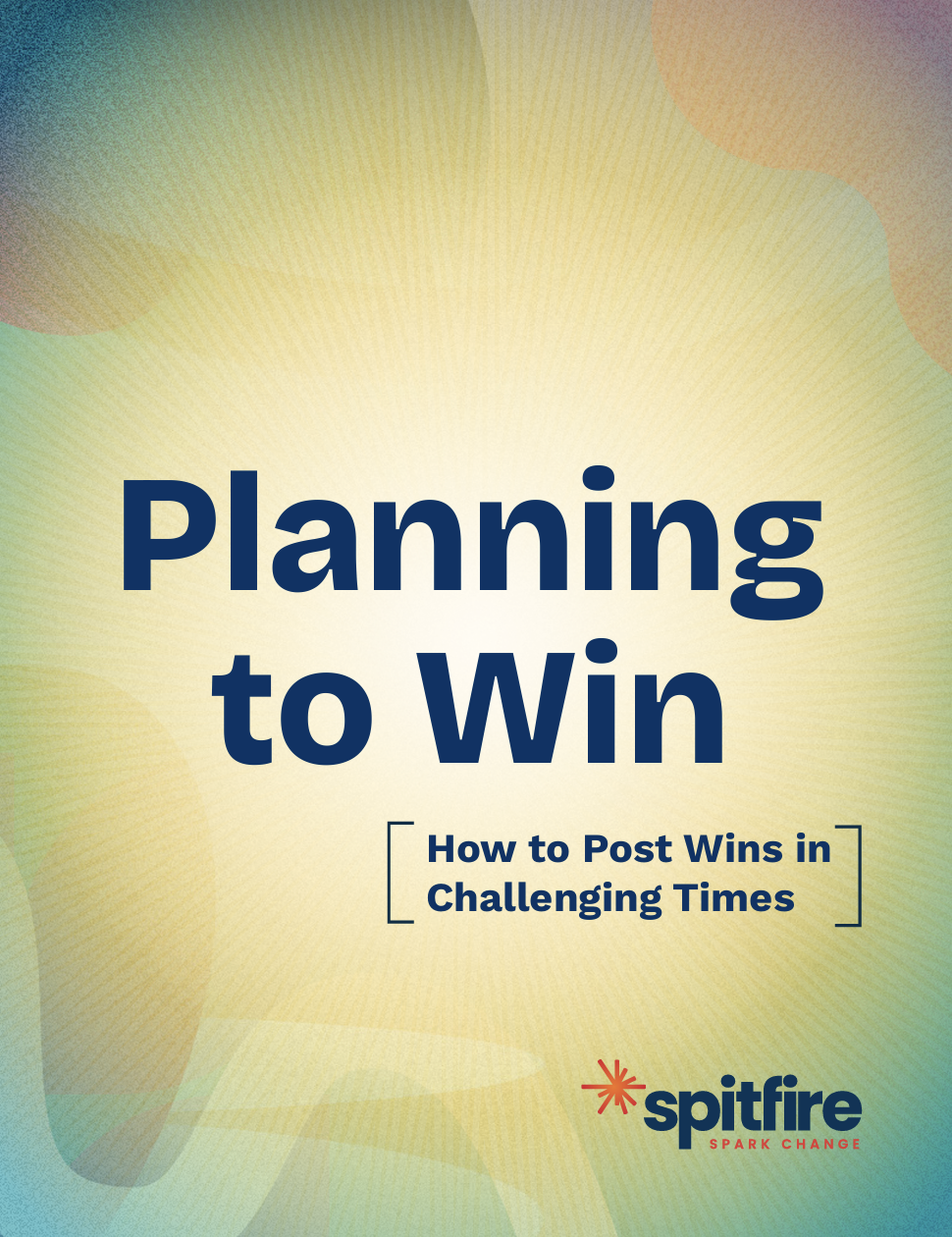This guide builds on our Planning to Win process that hundreds of organizers and nonprofit leaders have used for over a decade to launch successful campaigns. We have updated the guidance and examples because we know that even though you’re facing the wind, you won’t cede the moment. There’s power in making progress — even if wins take more creativity and persistence to achieve. Designed to help changemakers cut through the noise and drive real impact, this tool offers guiding questions, strategic insights and inspiring examples to help you build campaigns that shift behavior, policy and practice.
In this version, we’ve added ways to integrate Asset-Framing® into your planning. With Asset-Framing, which social entrepreneur Trabian Shorters created, you first define people (places or things) by their aspirations and contributions (this can include assets, achievements, actions and positive statuses) before noting their challenges. It’s a powerful shift that will strengthen your campaigns.
